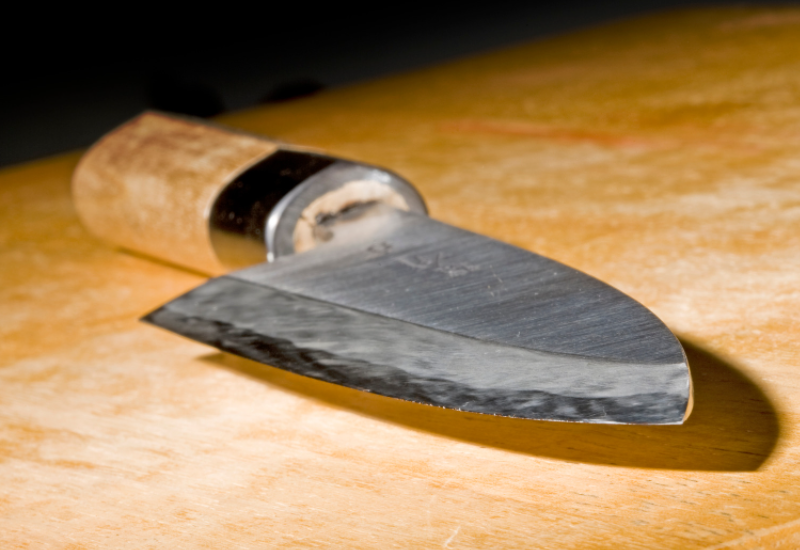
How to Choose a Japanese Knife That Will Last a Lifetime
When it comes to kitchen essentials, a high-quality knife can make all the difference in preparing delicious meals. Japanese knives, renowned for their unparalleled sharpness and durability, have become a must-have for many professional chefs and home cooks alike. To help you choose a Japanese knife that will last a lifetime, we’ll dive into the key factors to consider, including type, materials, craftsmanship, and maintenance.
Understand the Different Types of Japanese Knives
The first step in choosing a Japanese knife is understanding the various types available. Some popular options include:
- Gyuto: A versatile chef’s knife suitable for slicing, chopping, and dicing.
- Santoku: A multi-purpose knife similar to the Gyuto but with a shorter blade.
- Nakiri: A vegetable knife with a straight, thin blade, perfect for precise cuts.
- Yanagiba: A long, narrow-bladed knife designed for slicing raw fish (sashimi).
- Petty: A small utility knife for delicate tasks like peeling and trimming.
Consider your cooking style and the types of ingredients you typically use to determine which knife type will best suit your needs.
Choose the Right Materials
Japanese knives are generally made from two types of steel: carbon steel and stainless steel. Carbon steel knives tend to be harder and can achieve a sharper edge, but they are prone to rust and require more maintenance. Stainless steel knives, on the other hand, are more resistant to rust and are easier to maintain, but they may not hold their edge as long. Choose the material that best aligns with your preferences and willingness to maintain your knife.
Look for Craftsmanship and Quality
A Japanese knife that will last a lifetime requires exceptional craftsmanship. Look for knives made by reputable manufacturers and artisans, as these tend to have higher quality standards. Some well-known Japanese knife brands include Shun, Miyabi, and Misono. Hand-forged knives are typically of higher quality, but they can be more expensive.
Choose the Right Handle
Japanese knives usually come with either a traditional “wa” handle or a Western-style handle. Wa handles are lighter and more suited for precise cutting techniques, while Western-style handles tend to be heavier and may offer more balance. Choose the handle style that feels most comfortable in your hand and suits your cutting style.
Understand the Importance of Maintenance
Proper maintenance is crucial for ensuring your Japanese knife lasts a lifetime. Regardless of the type and material, all knives require regular sharpening to maintain their edge. Japanese knives typically require sharpening with a water stone, which may take some practice to master. Additionally, carbon steel knives need to be cleaned and dried immediately after use to prevent rust.
Choosing a Japanese knife that will last a lifetime involves understanding the various types available, selecting the right materials, appreciating craftsmanship, and being willing to maintain your knife properly. With these factors in mind, you’ll be well on your way to finding the perfect Japanese knife to elevate your culinary skills and serve you for years to come.